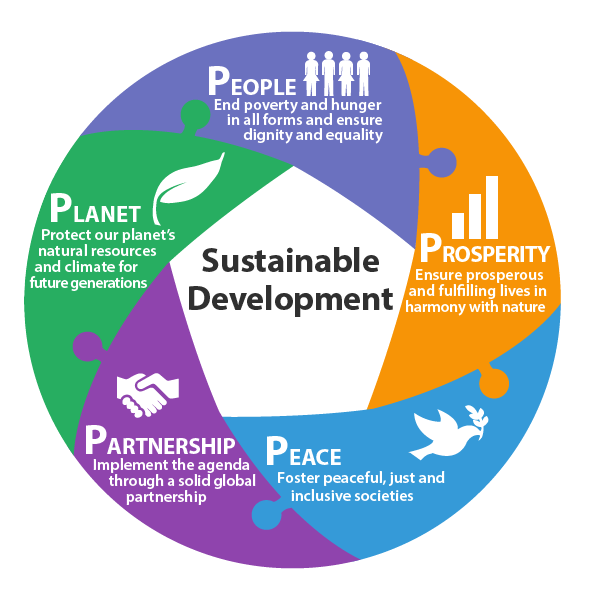 In the 20 years since the Brundtland report’s publication, the specter of nuclear destruction has not yet been “removed from the face of the Earth,” as the report called for, but has merely changed scale: the threat of the mushroom cloud has been replaced by the threat of the dirty bomb—a crude device that a terrorist cell could fashion out of pilfered nuclear material. Setting off such a bomb in a world city—a major hub in the global economy—could create more disruption than the paradigm-shifting attacks of September 11, 2001, although the radioactivity would impact far fewer people than the feared global nuclear winter
In the 20 years since the Brundtland report’s publication, the specter of nuclear destruction has not yet been “removed from the face of the Earth,” as the report called for, but has merely changed scale: the threat of the mushroom cloud has been replaced by the threat of the dirty bomb—a crude device that a terrorist cell could fashion out of pilfered nuclear material. Setting off such a bomb in a world city—a major hub in the global economy—could create more disruption than the paradigm-shifting attacks of September 11, 2001, although the radioactivity would impact far fewer people than the feared global nuclear winter
Since the end of the Cold War in 1989, the security community’s focus has shifted from the global clash of superpowers to fragmented groups of stateless actors fomenting civil war and terrorism. The end of the Cold War also opened greater political space for analyzing a range of diverse threats to both individuals and the world beyond using the traditional state-centered approach. The environment—along with the related challenges of health and poverty—has become a key area of focus within that new space.
Our understanding of the links between environment and security has evolved in the last 20 years to reflect these changing threat scenarios. Today, “environmental security” has become a popular phrase used to encompass everything from oil exploration to pollution controls to corn subsidies. The Brundtland report, in an underappreciated chapter entitled “Peace, Security, Development, and the Environment set the agenda for understanding these multiple links between environment and security.
In this chapter, the Brundtland commissioners flagged both the environment’s implications for security and security’s impact on the environment. They highlighted the contributions of natural resources to violent conflict and their link to the well-being of humans and ecosystems. At the same time, the arms culture of superpower military confrontation and the subsequent war on terror have presented tremendous impediments to achieving sustainable development. The report even previewed the recent efforts to capture the power of environmental issues to build peace instead of conflict. “Some of the most challenging problems require cooperation among nations enjoying different systems of government, or even subject to antagonistic relations,” wrote the commissioners. Twenty years later, that statement still rings true, outlining the pathway to one facet of our common future: environmental peacemaking.
↧
An Uncommon Peace: Environment, Development, and the Global Security Agenda
↧